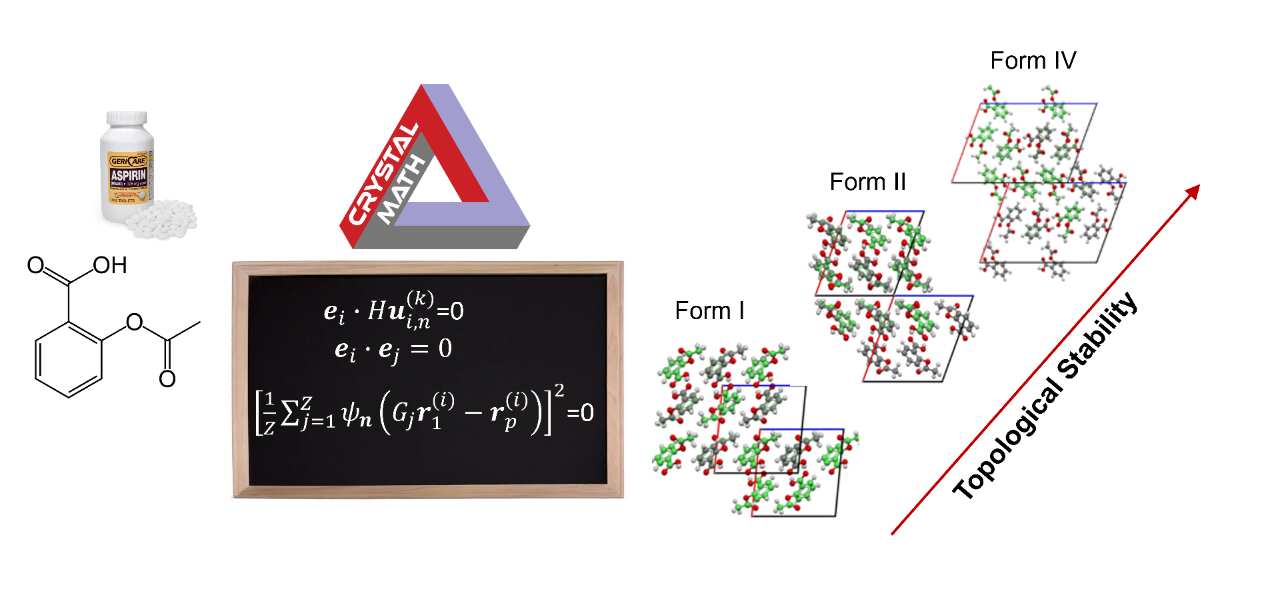THE LATEST
NYU scientists' assertions about the rapid prediction of crystal structure skepticism

In a groundbreaking study published in the journal Nature Communications, researchers at New York University have introduced a new mathematical approach called "Crystal Math." This method claims to predict crystal structures using only a laptop within hours, whereas traditional methods require weeks or months of supercomputer processing power.
The researchers assert that this innovative framework could revolutionize drug development and electronic device fabrication by speeding up the prediction of crystal structures, which are essential for designing and optimizing various materials.
However, the scientific community remains skeptical about these bold claims. Dr. Mark Tuckerman, the study's senior author, acknowledges the limitations of traditional physics-based methods for predicting crystal structures. Despite this, many experts question whether a purely mathematical approach can provide accurate and reliable results.
Tuckerman and his team assert they have validated the principles of Crystal Math using existing crystal structure data. Nevertheless, critics highlight that the transition from theoretical mathematical concepts to practical, real-world applications is significant and may be more complex than the researchers suggest.
Moreover, the idea that Crystal Math can predict crystal structures in a fraction of the time supercomputers need raises concerns among experts familiar with the computational complexity of such tasks. Many in the scientific community find it hard to believe that a standard laptop could outperform weeks or months of supercomputer calculations.
Despite the skepticism surrounding the NYU researchers' claims, the potential implications of their work are noteworthy. If their mathematical approach does deliver on its promises, it could significantly impact industries ranging from pharmaceuticals to electronics.
As the debate continues over the validity and practicality of Crystal Math, NYU researchers face the challenge of providing concrete evidence and independent validation of their findings to gain broader acceptance in the scientific community. Until then, the scientific world remains cautiously optimistic yet skeptical about this ambitious endeavor.
